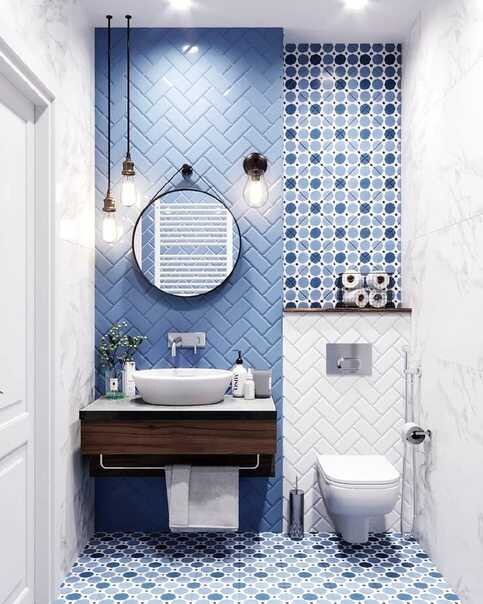Minimalist interior design emphasizes simplicity, functionality, and intentionality. With clean lines, uncluttered spaces, and serene aesthetics, this timeless style promotes calm and well-being. Here’s a comprehensive guide to understanding and incorporating minimalist design into your home.
Understanding Minimalist Design

- Clean Lines and Simple Forms: Focus on geometric shapes and functional designs for visual harmony.
- Neutral Color Palette: Whites, creams, grays, and earth tones dominate, with occasional subtle accents.
- Quality Over Quantity: Choose fewer, high-quality pieces that serve a purpose.
- Emphasis on Natural Light: Maximize daylight with large windows and simple window treatments.
Benefits of Minimalist Design
- Reduces stress and improves mental clarity with clutter-free spaces.
- Enhances functionality by focusing on purposeful items.
- Makes cleaning and maintenance easier.
- Cost-effective as it requires fewer elements.
Implementing Minimalist Design in Your Home

Living Room
- Choose a comfortable sofa with clean lines.
- Opt for simple coffee tables and minimal wall decor.
- Use hidden storage solutions to minimize clutter.
Bedroom

- Use platform beds and neutral bedding for a serene retreat.
- Incorporate simple window treatments and single large plants.
Kitchen

- Choose sleek cabinets and clear countertops for functionality.
- Use a monochromatic scheme with subtle accents.
Bathroom

- Install floating vanities and frameless mirrors for spaciousness.
- Incorporate hidden storage and geometric fixtures.
Key Strategies for Minimalist Decorating
- Declutter and Curate: Keep only what you need or love.
- Focus on Functionality: Prioritize multipurpose items.
- Embrace Negative Space: Allow room for the eye to rest.
- Play with Texture: Add depth through materials like wood, metal, and textiles.
- Invest in Quality Pieces: Choose durable, timeless items.
- Maximize Natural Light: Opt for minimal window treatments.
- Create a Focal Point: Highlight a single element in each room.
- Incorporate Natural Elements: Add plants or natural finishes for warmth.
- Maintain Consistency: Stick to a cohesive color palette and style throughout.
Overcoming Challenges in Minimalist Design
- Balancing Personality: Include meaningful items selectively.
- Maintaining Clutter-Free Spaces: Use smart storage and regular decluttering.
- Creating Warmth: Add natural materials and strategic lighting.
- Adapting to Different Lifestyles: Designate storage and functional spaces for varied needs.
Conclusion
Minimalist interior design is about creating more with less – more space, more tranquility, and more focus on what truly matters. By thoughtfully curating your space and focusing on quality, you can achieve a serene, impactful, and meaningful home environment.
